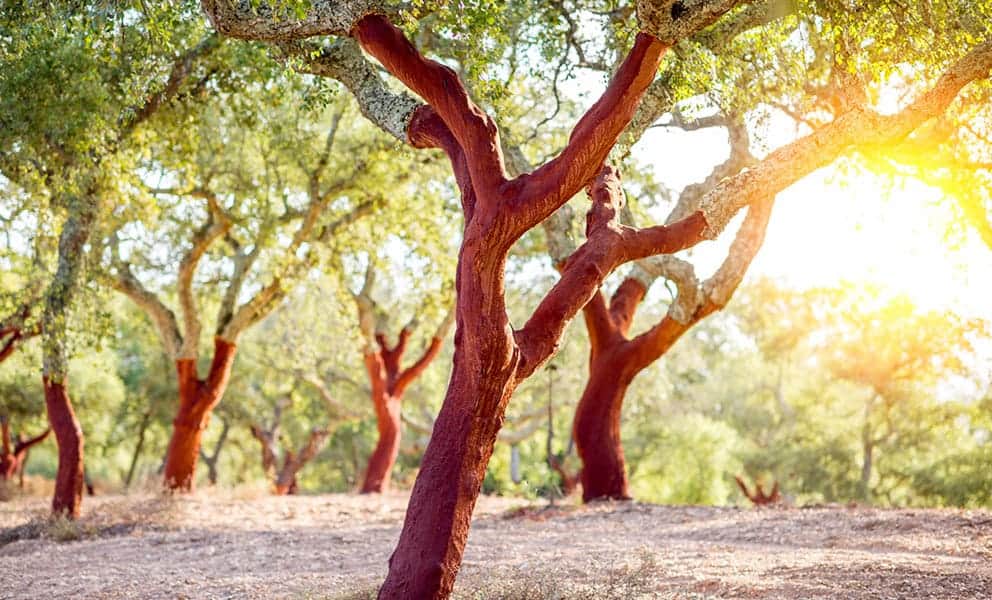
Call our team
01484 442420Find An Applicator
Menu
close

So, what about cork? In this post, we’ll explore where it’s grown and how the harvesting process works…
Cork comes from cork oak trees (Quercus suber), which are grown in areas with lots of sunshine, high humidity and a small amount of rain. That includes a number of countries on the coast of the Mediterranean Sea – including Spain, Portugal, Italy and France in Europe, plus Morocco, Tunisia and Algeria in Africa.
However, it’s worth noting that the majority of cork comes from Portugal and Spain. According to figures from the Cork Quality Council, these two countries account for over half of the world’s cork forest area – with 34% in Portugal and 27% in Spain.
That’s followed by:
Of course, not all of the cork grown is harvested and used. In terms of production, Portugal leads the way, producing 50% of the world’s cork. Here’s a breakdown of where the rest comes from:
It’s not just where cork is grown that matters, but how it’s grown too. Or more specifically, how it’s harvested. Cork oak trees have to be at least 25 years old before harvesting takes place. But the trees aren’t felled after this point. Instead, the cork-rich bark is stripped from the tree during the summer months.
Care is taken to preserve the tree’s inner layer when removing bark. This allows it to regrow its own cork-rich bark over the next 8-14 years. The bark can then be stripped again once it has grown back.
Traditionally, felling oak trees stops them absorbing CO2 from the air, making it detrimental to the environment. It takes several decades before a new tree is fully grown and absorbing the same levels of CO2.
With cork oak trees, the tree actually absorbs more CO2 from the environment while regrowing its bark, meaning that the cork harvesting process is carbon negative. Even better, it can happen as many as 17 times in a tree’s life.
Needless to say, leaving those trees where they belong also protects the natural habitat of several species – with over 2 million hectares of land covered by cork oak forests.
With its sustainable harvesting process, cork is an eco-friendly material that has a wide range of uses. As well as its most famous application in the drinks industry, cork is a highly functional building material used throughout the world.
At CorkSol, we’ve developed an insulative, durable and moisture-resistant cork coating for internal and external walls. SprayCork can help you cut down your heating bills, eliminate damp and even reduce sound in your home.
Want to find out more? Take a look at our guide to cork insulation, or call our team on 01484 442420 to discuss your requirements.
"*" indicates required fields